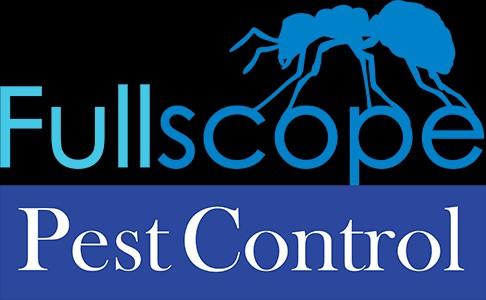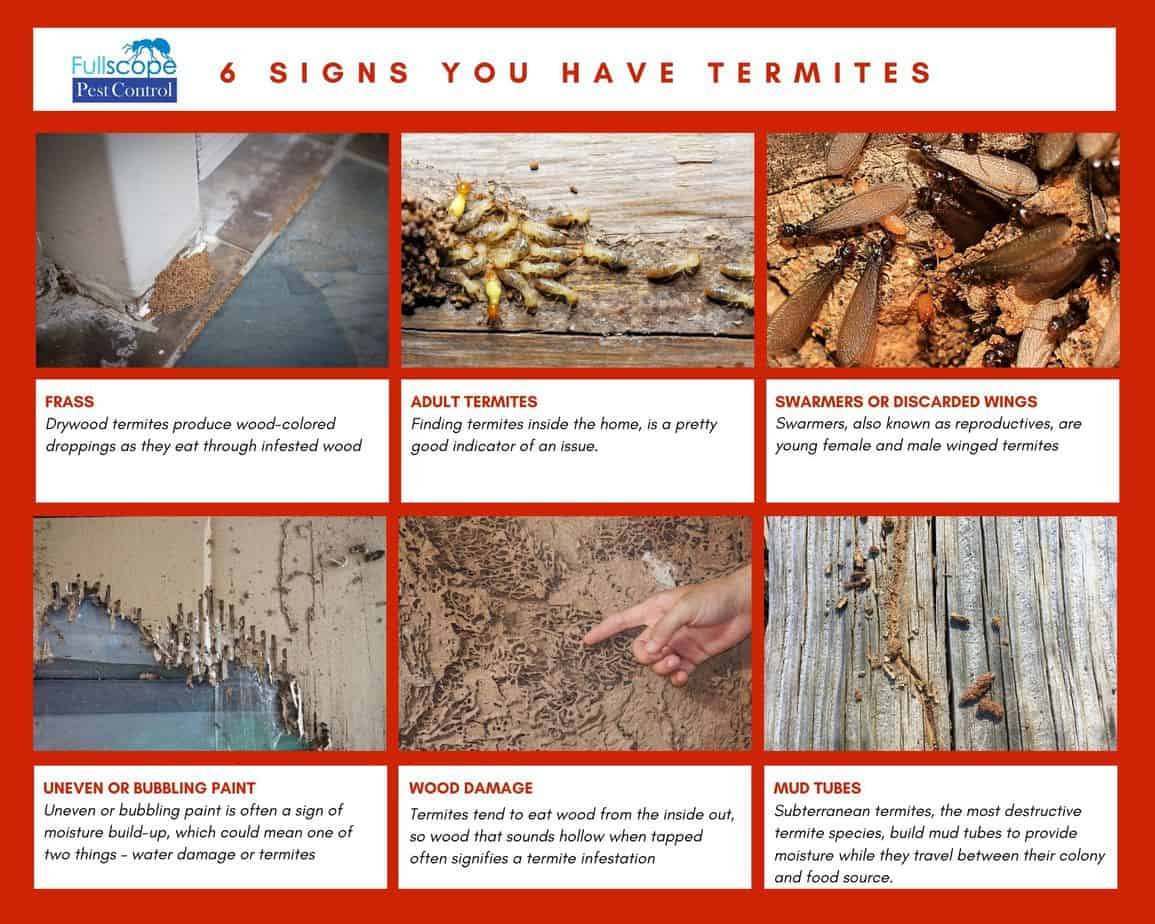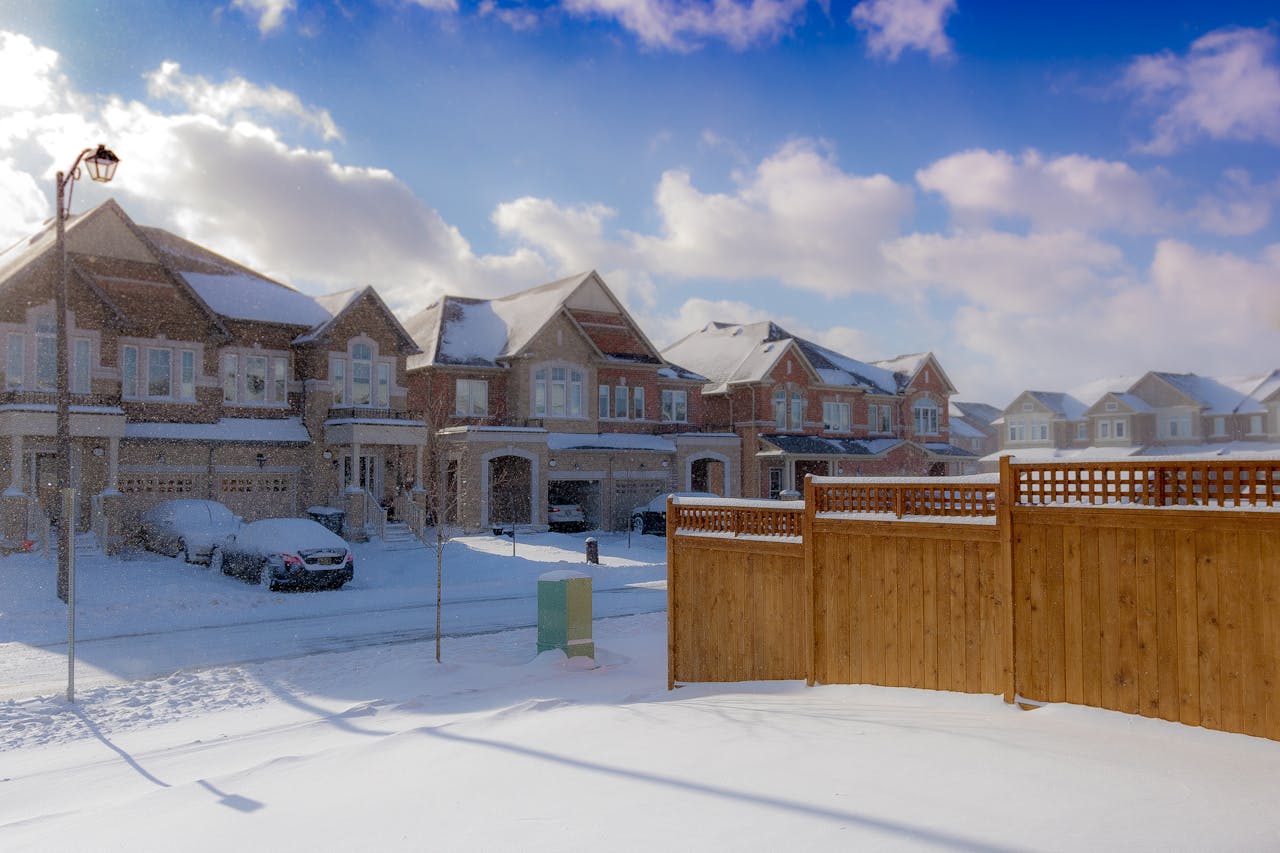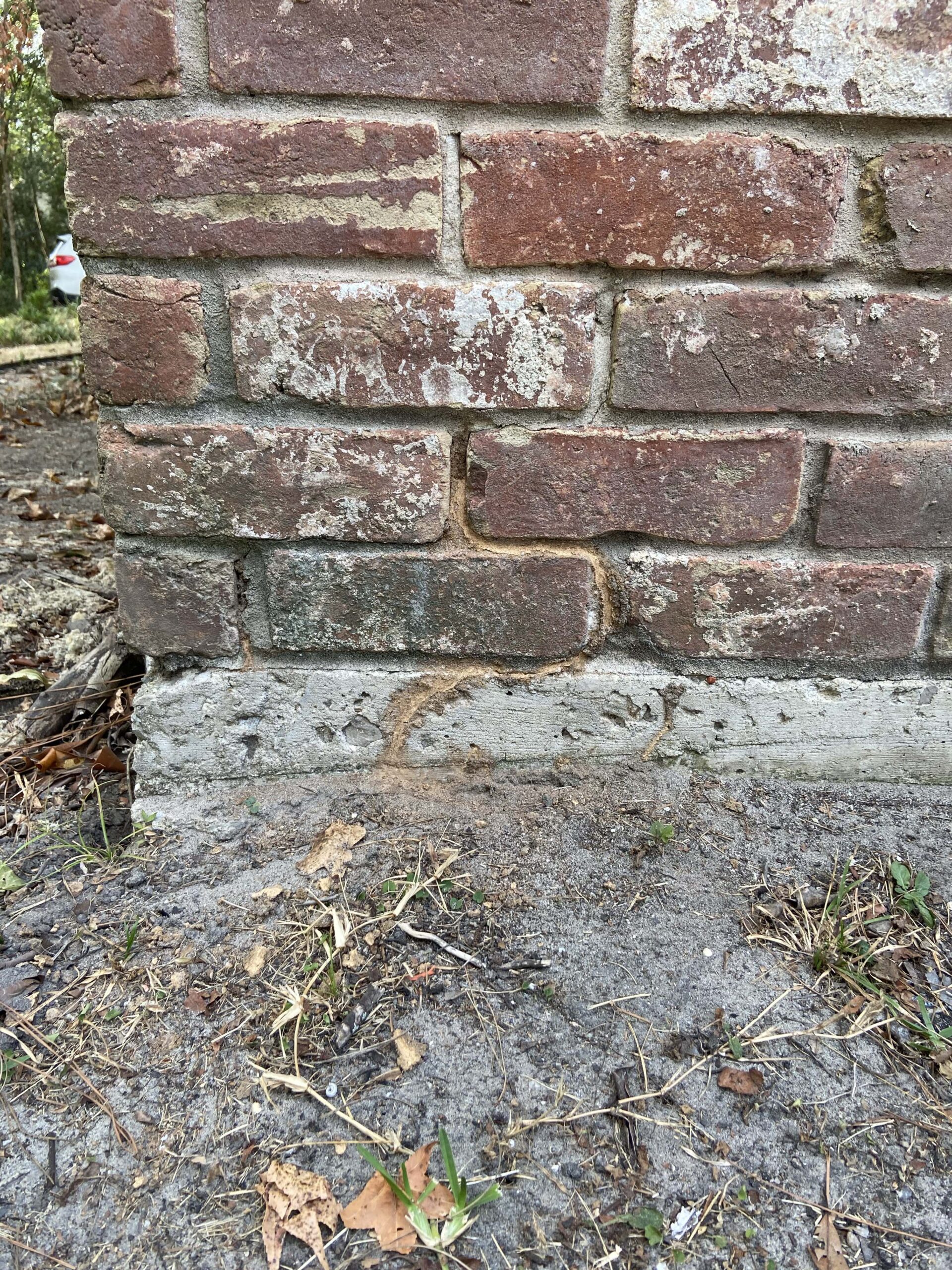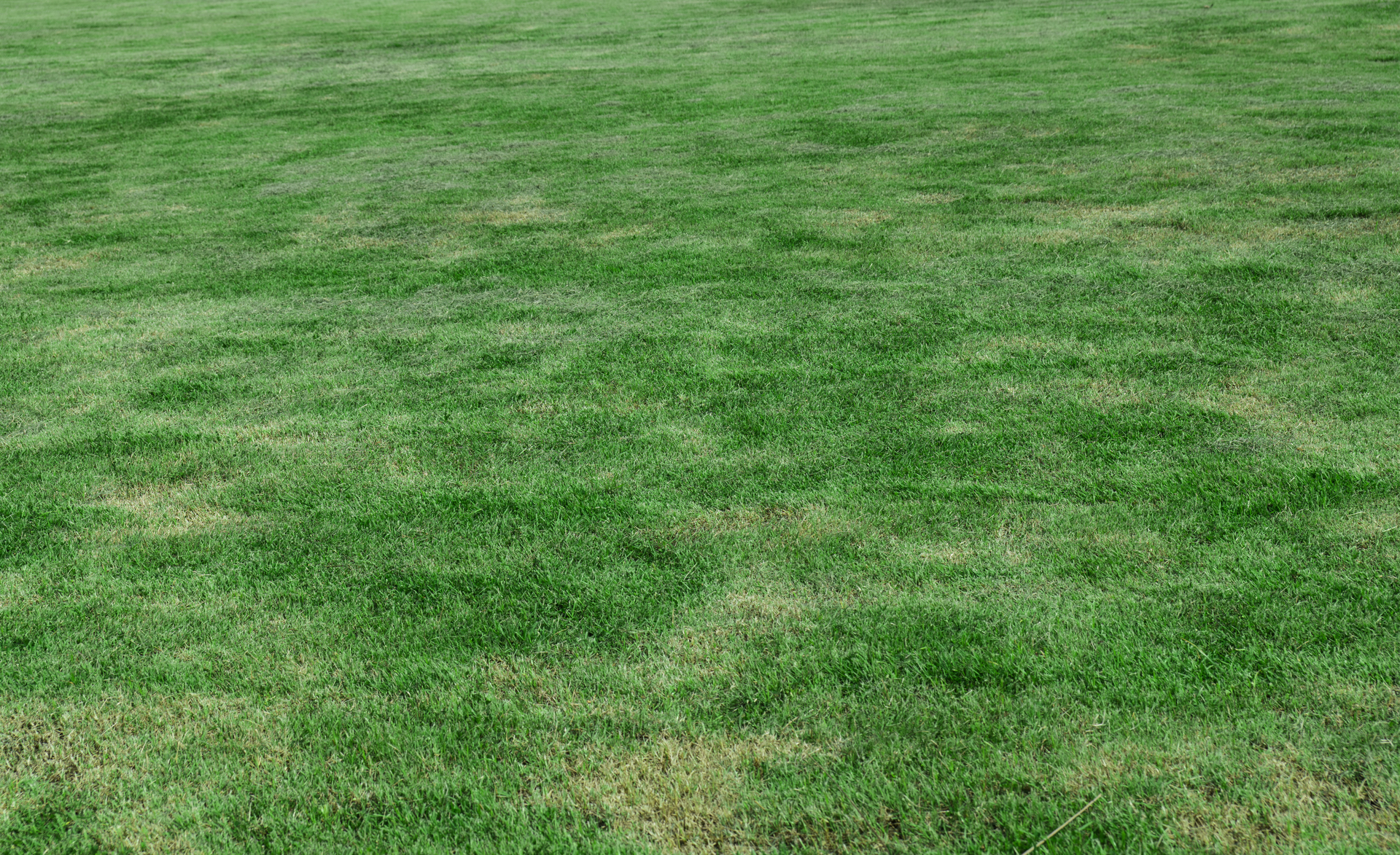FullScope Pest Control shares red flags that could indicate the presence of a termite infestation
Houston, TX– This year, FullScope Pest Control and the National Pest Management Association (NPMA) are working to spread public awareness about termites during Termite Awareness Week, March 8-14, 2020. With spring on the horizon, termites will begin swarming and could seek out your home for their new nesting space. Because the damage from a termite infestation can easily go unnoticed, FullScope Pest is educating homeowners on the top five signs that signal their home is infested.
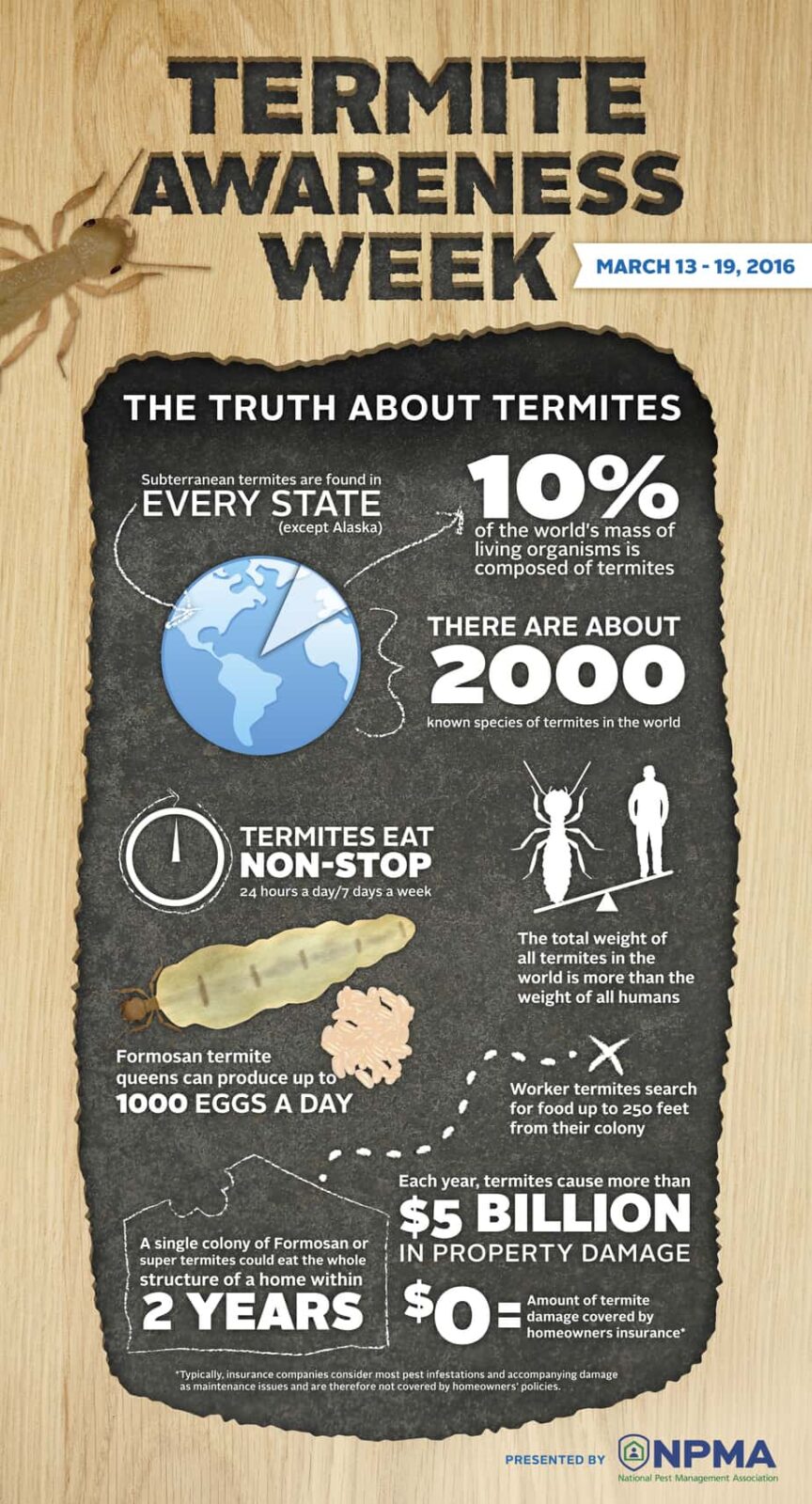
“Experts with the NPMA estimate that termites cause $5 billion in damage every year,” said Derek Salazar, Owner at FullScope Pest. “This could mean a costly repair bill for homeowners if they don’t spot and stop an infestation in its tracks. Unfortunately, most homeowners don’t recognize the signs of an infestation until it is too late.”
While pest professionals don’t recommend a homeowner inspect their home on their own, there are a few red flags that they should look out for that could signal the presence of an infestation. With the help from experts at NPMA, FullScope is sharing the top five signs that a home has termites:
- Swarmer or Discarded Wings: Swarmers, also known as reproductives, are young female and male winged termites. In the springtime, after the last freeze, termite swarmers will emerge from their nest to mate and search for a new location to start a colony, which typically includes our homes. Termite swarmers, or their discarded wings near windowsills and doors, are often the first (and only visible) sign of a termite problem.
- Mud Tubes: Subterranean termites, the most destructive termite species, build mud tubes to provide moisture while they travel between their colony and food source. Mud tubes are most often found near the home’s foundation and look like encrusted, dry dirt similar to the size of a drinking straw.
- Wood Damage: Termites tend to eat wood from the inside out, so wood that sounds hollow when tapped often signifies a termite infestation. Additionally, homeowners should also look for blistering pieces of wood.
- Uneven or Bubbling Paint: Uneven or bubbling paint is often a sign of moisture build-up, which could mean one of two things – water damage or termites.
- Frass: Drywood termites produce wood-colored droppings as they eat through infested wood. If a homeowner finds a small pile of what looks like pellets inside or outside the home, it could be a sign of a drywood termite infestation.
Must Read :DEALING WITH HOUSE FLIES
“If you suspect you have a termite infestation, it is best to contact a licensed pest control expert as soon as possible to stop the damage before it gets worse,” added Derek. “It is also recommended that homeowners have an inspection done every year to ensure their home is safe from termites.”
Call or Text to Schedule a Termite Inspection from someone with 1,000’s of inspections under their belts.

